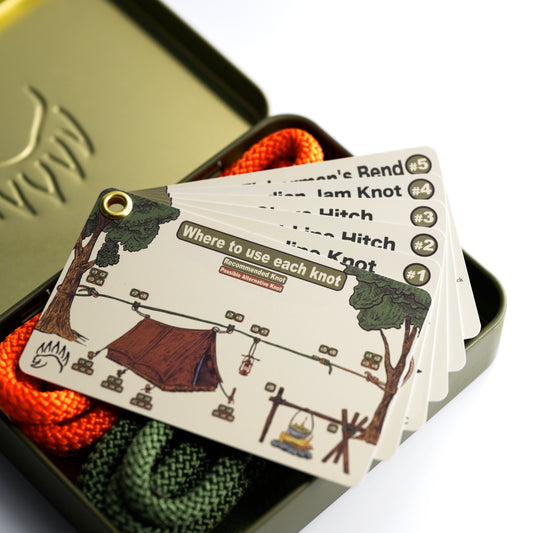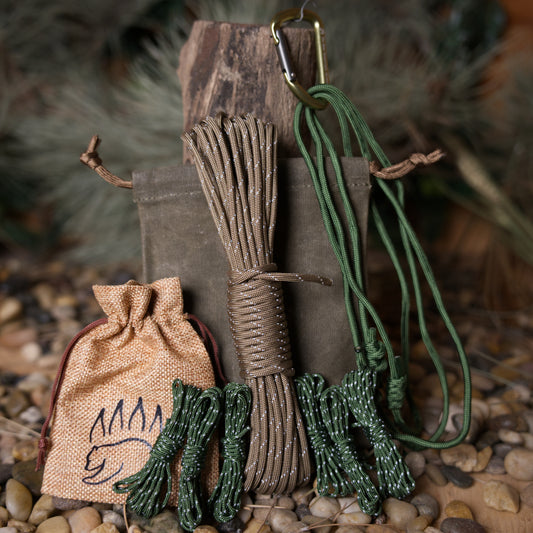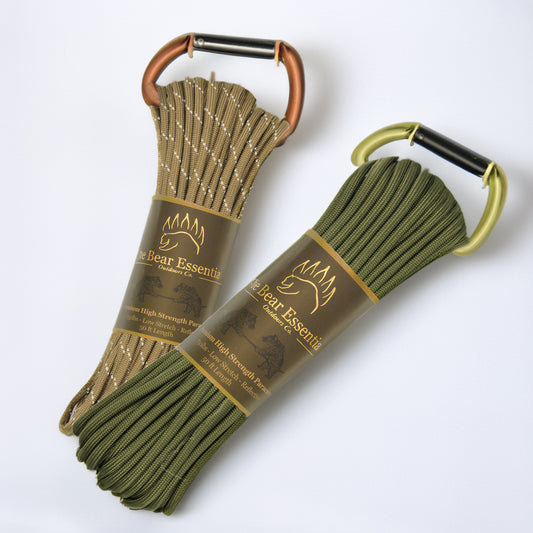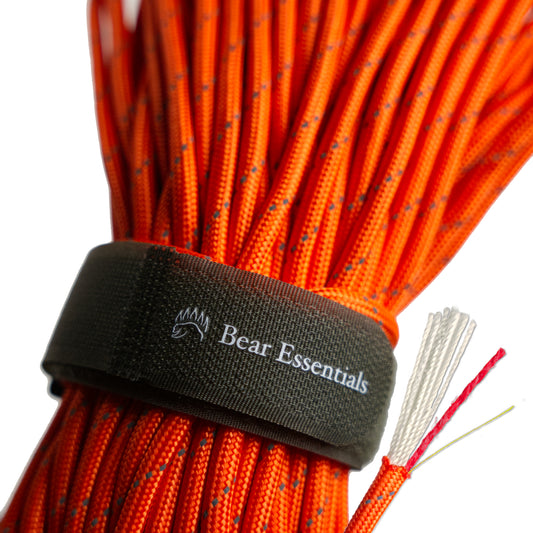How to Tie the Tarbuck Knot
Usage
The Tarbuck Knot is commonly used to create an adjustable friction hitch for tensioning ropes, especially in climbing and camping. Unlike other friction hitches like the Prusik Hitch, it excels with slippery or dynamic ropes due to its sliding design. Its ability to grip under load makes it ideal for guylines or ascending, but it can slip if not set properly.
Why Learn the Tarbuck Knot?
Its sliding design offers reliable grip on slick ropes. This knot is a favorite for outdoor enthusiasts needing adjustable tension in challenging conditions. It provides adjustable grip, works on slippery ropes, offers versatile use in rugged settings, is rope-friendly, and ties faster than more complex hitches with practice.
Common Uses
-
Climbing:
- Secures ropes for ascending or descending in low-friction systems.
- Acts as a backup hitch for rappelling safety.
-
Camping:
- Tensions guylines for tarps and tents in windy conditions.
- Secures lightweight shelters with adjustable loops.
-
Bushcraft:
- Hangs food bags to protect from wildlife.
- Ties taut lines for shelter frameworks.
-
Utility:
- Secures loads on slick surfaces like poles or pipes.
- Creates adjustable ties for household rigging.
ABOK Number
(Ashley Book of Knots)
Other Names
Category
|
Notable Features
- Adjustable Grip: Slides when loose, locks under load.
- Works on Slippery Ropes: Effective with synthetic or dynamic lines.
- Versatile: Ideal for climbing, tarps, and bushcraft.
- Rope-Friendly: Reduces wear on the line through even tension.
- Quick Setup: Faster to tie than complex hitches with practice.
Variations
No true variations listed in the provided data. For added security, you can add an extra wrap before tucking the working end, though this may reduce adjustability.
Similar Knots
Prusik Hitch vs. Tarbuck Knot
- Pros: Stronger grip on static ropes and widely used in climbing.
- Cons: Less effective on slippery or dynamic ropes compared to the Tarbuck.
Rolling Hitch vs. Tarbuck Knot
- Pros: Simple to tie and versatile for attaching to ropes or poles.
- Cons: Slips more easily under fluctuating loads than the Tarbuck.
History
The Tarbuck Knot was developed in the mid-20th century by climber Kenneth Tarbuck for use with synthetic ropes, which were becoming common in mountaineering. Referenced in The Ashley Book of Knots (#1369), it addressed the challenge of gripping slippery materials in climbing and rigging. Its adoption in bushcraft and camping reflects its utility for adjustable tension in outdoor settings.
Security Level
The Tarbuck Knot provides reliable grip on slippery ropes when properly set, holding firm under moderate to heavy loads in climbing or tensioning tasks. Extra wraps may be needed for very slick surfaces. A stopper knot on the working end can enhance security for critical applications.
Downsides
- Complexity: Requires practice to tie correctly compared to simpler hitches.
- Potential slipping: May loosen if wraps are uneven or not set under load.
Structure
- Wrap the rope around the object (e.g., pole or main rope) three times, starting from the standing end.
- Pass the working end over the standing part and back through the first wrap, creating a loop.
- Pull the working end through the loop and continue wrapping it around the standing part twice more.
- Tuck the working end under the last wrap to lock the knot.
- Pull the standing end to set the knot and test its grip under load.
Pro Tip: Ensure wraps are snug and evenly spaced to maximize grip. Use a rope with some texture to reduce slipping on slick surfaces. Practice adjusting the knot’s tension before critical use.
FAQ
Is the Tarbuck Knot strong enough for climbing?
Yes, it’s reliable for ascending or backup systems when tied correctly, but always test the grip first.
What’s the best rope for the Tarbuck Knot?
Synthetic ropes like nylon or dynamic climbing ropes work best due to its design for slippery materials.
How does the Tarbuck Knot compare to the Prusik Hitch?
The Tarbuck excels on slick ropes, while the Prusik is better for static ropes and stronger grip.
Can the Tarbuck Knot be used for camping?
Yes, it’s great for tensioning guylines or tarps, especially in windy conditions.
Why choose the Tarbuck Knot over a taut-line hitch?
It’s more adjustable and better suited for slippery ropes in dynamic settings.
Important Notes on Safety
Common failure points include uneven wraps or insufficient tension when setting the knot. Always verify the knot is snug and grips properly before applying load. Check the rope for wear or slickness before tying. Ensure at least three wraps for adequate friction. Practice in low-stakes settings to perfect the technique.







